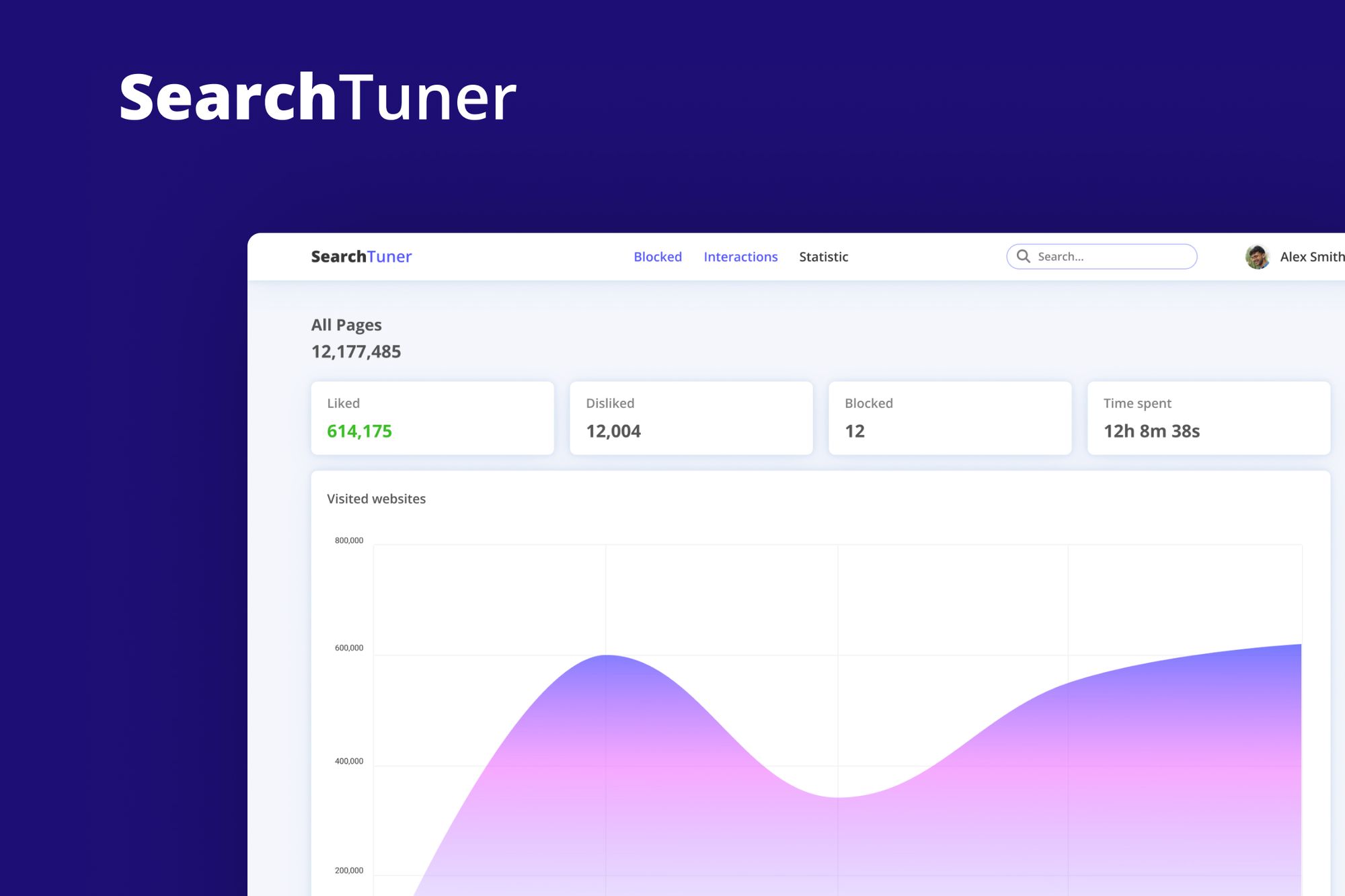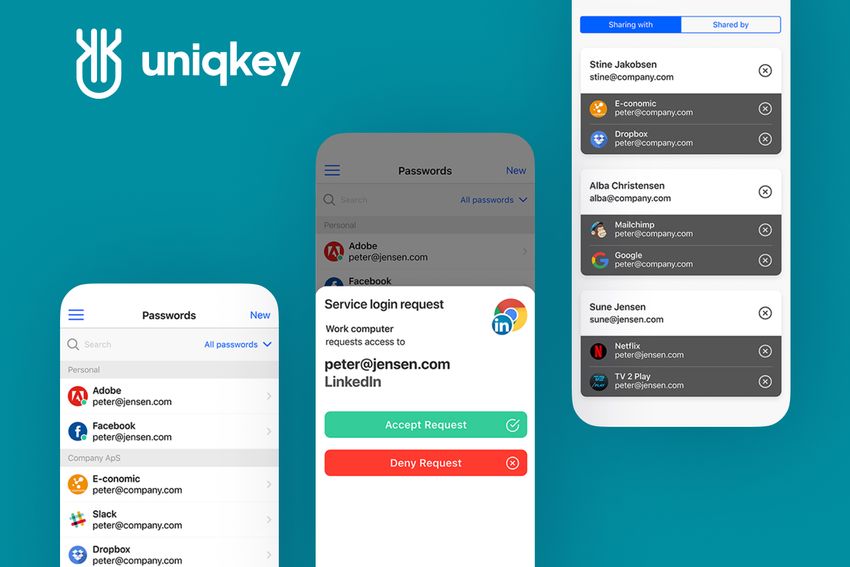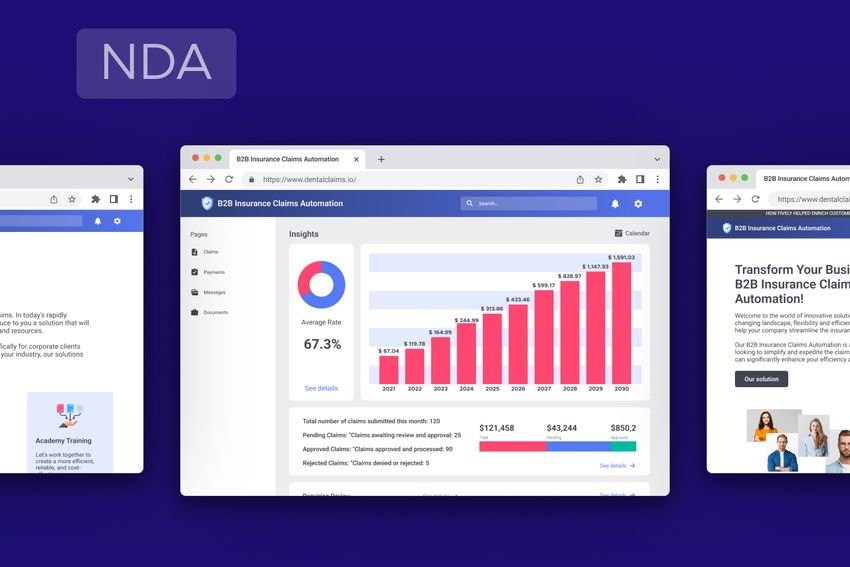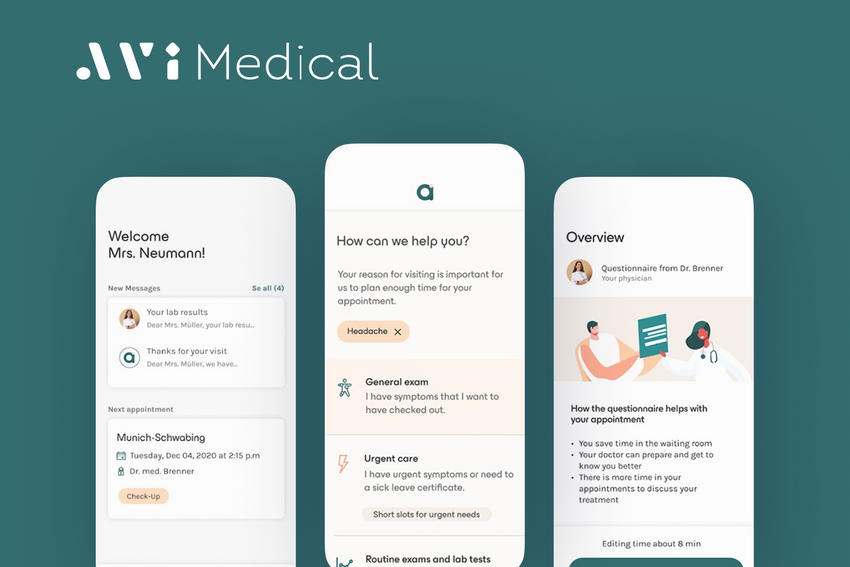Code Refactoring Best Practices and Techniques by Fively
A practical guide to code refactoring best practices that explains when, why, and how to refactor effectively, with advanced strategies, techniques, and Fively expert advice.
Refactoring is a cool discipline that separates chaotic codebases from scalable, high-performance systems. Profi engineers don’t wait for tech debt to explode: they hunt it down, reshape it, and leave the code cleaner, faster, and easier to extend.
In this guide, we break down best practices for refactoring and techniques that help you improve code quality without breaking functionality - the kind of refactoring that keeps your team fast and your product future-proof.
Summary
This article explores the fundamentals of code refactoring, explaining why it matters, when to do it, and when to avoid it. Here, we break down popular refactoring techniques, best practices, and advanced strategies for legacy systems and CI/CD environments, while also highlighting how to measure the ROI of refactoring efforts. Find out why clean, maintainable code is a long-term investment, and how the Fively team can support teams in modernizing codebases and improving overall software quality.
What Is Code Refactoring?
Code refactoring is the process of improving the internal structure of existing code without changing its external behavior. Simply put, all the features stay, but the code becomes cleaner, faster, and easier to work with.
Refactoring removes clutter, reduces technical debt, and strengthens the architecture so the system can grow to a foundation solid enough to build on, without turning into a maintenance nightmare.
What Are the Top Benefits of Code Refactoring?
Refactoring is your long-term investment that pays off every time your team ships a feature or fixes a bug. Here are the top 4 benefits of code refactoring:
Improved code readability and reduced complexity.
When code is structured clearly, developers instantly understand what’s going on. No guessing, no digging through messy logic, no tribal knowledge required. Clean code speeds up onboarding and keeps the entire team productive.
Easier bug detection and debugging.
Simpler, well-organized code makes issues stand out instead of hiding in spaghetti logic. Refactoring eliminates hidden pitfalls, duplicated logic, and hard-to-trace dependencies, making debugging faster and far less painful.
Boosted efficiency and performance gains.
Refactoring often uncovers slow, redundant, or overly complex operations. By streamlining logic and removing unnecessary steps, you get faster execution, smoother user experience, and better overall performance without changing a single feature.
Reduced cost in the long run.
Clean, maintainable code is significantly cheaper to evolve. Teams spend less time fighting tech debt and more time building actual value. Every hour spent on refactoring saves many more hours down the road — and prevents costly “big rewrite” scenarios.
Refactoring now means fewer headaches, faster delivery, and a far healthier codebase tomorrow.

When Do I Really Need Refactoring?
Refactoring is most effective when it's woven naturally into your development workflow — not postponed until the codebase becomes unmanageable. Here are the key moments when refactoring should kick in:
Before adding new features
If the current code is messy, tightly coupled, or hard to extend, every new feature becomes harder than it should be. A quick round of refactoring creates the breathing room needed for clean, stable implementation.
During code reviews or maintenance cycles
Reviews are the perfect time to spot duplication, overcomplicated logic, or outdated patterns. Small, incremental refactors during regular maintenance help keep tech debt under control.
When performance bottlenecks appear
Slow queries, heavy computations, or inefficient loops often signal deeper structural issues. Refactoring helps you streamline logic, optimize data flow, and eliminate bottlenecks without changing the feature set.
When code lacks readability or modularity
If you need more than a few seconds to understand what a function does, it probably needs refactoring. Clean, modular code improves clarity, reuse, testability, and long-term maintainability.
Refactor early, refactor often — it keeps the codebase healthy and ready for growth.
Code Refactoring Best Practices by Fively
Refactoring delivers the best results when it follows a clear, disciplined approach. These best practices on the code refactoring process help you avoid chaos, reduce risk, and steadily improve the quality of your codebase.
Understand the code
Before touching anything, make sure you fully grasp how the existing logic flows and what each part is responsible for. Understanding the intent and dependencies prevents you from introducing regressions or breaking critical behavior.
Set defined objectives
Refactor with a clear purpose — whether it’s to improve readability, optimize performance, or break down a monolith into smaller components. Having specific goals keeps you focused and prevents endless adjustments.
Time planning
Refactoring should be intentional and scheduled as part of your development process rather than treated as an afterthought. By allocating dedicated time, you ensure improvements happen consistently without blocking new feature delivery.
Automate the process
Use tools like linters, formatters, and static analysis to streamline repetitive tasks and enforce code standards. Automation frees your team from manual cleanup and highlights issues before they become real problems. Popular tools that provide built-in refactoring helpers include Visual Studio IntelliCode, IntelliJ IDEA, Rider, Eclipse IDE, and Spring Tool Suite 4, all of which can automatically detect smells, reorganize code, and suggest safer structural improvements.
Refactor in small steps
Avoid huge, risky rewrites; instead, break changes into small, manageable improvements. Incremental refactoring keeps the system stable and allows easier testing and review.
Always test thoroughly across stages
Refactoring shouldn’t change functionality, so robust testing ensures everything still works as expected. Comprehensive unit, integration, and regression tests protect you from subtle regressions.
Collaborate with QA and Dev teams
Bringing QA early helps identify risky areas and edge cases that might break during refactoring. Working closely with other developers ensures consistency and better architectural decisions.
Prioritize code deduplication & DRY
Duplicate logic increases maintenance cost and risk, so eliminating redundancy creates a more stable, predictable system. A single source of truth also makes future changes significantly faster and safer.
Focus on progress, not perfection
Refactoring is a continuous process, not a one-time beautification pass. Aim for steady improvements rather than trying to polish every single line of code.
Small, consistent refactoring turns your codebase into a reliable, scalable foundation that supports fast development, confident releases, and long-term product growth.
Bonus Tips for Refactoring Your Code
Here are a few additional points from our experts to help you refactor even more effectively:
Use version control
Always refactor in a separate branch so you can track every change, revert safely, and isolate improvements from active development. Version control gives you the freedom to experiment without putting the main codebase at risk.
Document your changes and decisions
Leave notes explaining why a refactor was done, not just what was changed. Clear documentation helps teammates understand the reasoning behind structural improvements and prevents the same issues from reappearing later.
Measure impact
Refactoring is most valuable when you can validate the results — whether through performance benchmarks, reduced complexity, cleaner metrics, or easier onboarding. Measure the before-and-after to prove ROI and refine your refactoring strategy over time.
Popular Code Refactoring Techniques
Refactoring process offers dozens of proven techniques that help you reshape messy code into clean, structured, maintainable logic. Below are some of the most widely used methods — each designed to simplify complexity, improve readability, and strengthen your codebase without altering functionality.
Red-Green-Refactor
Red-Green-Refactor is a core technique in Agile development and a fundamental practice in Test-Driven Development (TDD). It breaks the coding process into three clear stages that ensure new functionality is introduced safely and backed by tests from the start.
The method works like this:
- Red: Write a test for the new behavior you want to introduce, and confirm that it fails.
- Green: Implement the simplest possible code that makes the test pass.
- Refactor: Clean up, reorganize, or optimize the code while keeping all tests green.
TDD follows this cycle continuously, guiding both the design of new features and the structure of the codebase. In essence, one part of the technique focuses on defining expected behavior through tests, while the other focuses on writing the implementation that satisfies those expectations.
Refactoring by Abstraction
Benefits of code refactoring by abstraction are especially useful when dealing with large, complex codebases that contain redundant or duplicated logic. By introducing higher-level abstractions, developers can simplify the structure, remove repetition, and prepare the refactored code for safe, incremental changes.
One common approach is branching by abstraction, where you create an abstraction layer around the parts of the system that need modification. This lets you refactor gradually without breaking existing functionality, enabling continuous releases even during large structural changes.
A key example of this technique is the Pull-Up / Push-Down pattern:
- Pull-Up Method: Moves shared logic from multiple subclasses into a single superclass to eliminate duplication and improve consistency.
- Push-Down Method: Moves logic from a superclass into specific subclasses when the behavior only applies to some implementations.
By strategically extracting abstractions, collapsing hierarchies, or reorganizing inheritance, this technique makes complex systems cleaner and more modular. It provides a safe path to refactor large sections of code step by step instead of attempting risky, all-at-once rewrites.
Composing Method
During development, long and complex methods naturally emerge, making the code difficult to read, modify, and debug. Composing Method is a refactoring approach designed to simplify such code by breaking it into smaller, clearer, and more maintainable pieces.
This technique focuses on reducing duplication and improving readability through two common patterns:
- Extract Method: Identifies meaningful fragments inside a long method and pulls them out into separate, well-named functions. The original method becomes shorter and more expressive, while the extracted methods promote reuse and clarity.
- Inline Method: Removes unnecessary wrapper methods by replacing the method call with its content. This is useful when a method’s name adds no value or when the logic is simple enough to be expressed directly.
By consistently applying these patterns, developers create cleaner, modular codebases where individual methods do one thing and do it well — making future changes far easier.
Simplifying Methods
Over time, logic grows cluttered with conditionals, branches, and edge cases — simplifying removes unnecessary complexity. This often involves renaming variables, flattening nested structures, or restructuring logic for clarity.
Moving Features Between Objects
When a class is doing too much or relying heavily on another, shifting methods or fields to a more appropriate location restores clean separation of concerns. This keeps your architecture modular and prevents God objects.
Preparatory Refactoring
Before implementing a new feature, you clean up surrounding code to make the upcoming change easier, safer, and more predictable. It reduces friction during development and prevents code duplication and future tech debt.
Extract Method
This classic technique pulls a fragment of code into its own dedicated method with a clear, descriptive name. It helps eliminate duplication, reduces method length, and dramatically improves readability.

Advanced Refactoring Strategies
As systems grow more complex, simple cleanup techniques aren’t enough — large-scale refactoring requires strategic planning, automation, and measurable outcomes. These advanced strategies help teams modernize legacy code, enforce quality through CI/CD, and evaluate the real engineering and business impact of refactoring efforts.
Refactoring Legacy Code
Legacy codebases often lack unit tests, rely on outdated frameworks, and contain tightly coupled modules that make changes risky. A technical approach starts with adding characterization tests (per Michael Feathers) to capture existing behavior, using dependency injection or seam creation to isolate components, and gradually replacing unsafe code paths with modern patterns like pure functions, service layers, or modular architecture.
Refactoring may also involve migrating old libraries, rewriting brittle SQL queries, replacing global state with scoped services, or converting monolithic classes into smaller, domain-driven units. When handled incrementally, this reduces regression risk and creates safe entry points for modernization.
Integrating Refactoring into CI/CD Pipelines
A robust pipeline can automate nearly every safety net around refactoring. This includes running static analysis tools (SonarQube, ESLint, PMD, Detekt), style enforcement (Prettier, Black), security scanning (Snyk, Trivy), and full unit/integration test suites on every pull request.
CI can also block merges if maintainability scores drop, if coverage decreases, or if code complexity increases. Adding automated refactoring tools like IntelliJ inspections, GitHub Actions code quality gates, and pre-commit hooks ensures standards are enforced consistently. With CD, canary deployments, and feature flags allow you to ship refactored components gradually and roll back instantly if needed.
Calculate the ROI of Refactoring
Technical ROI tracking focuses on measurable changes in engineering velocity and system performance. Teams can quantify code complexity reductions using metrics like cyclomatic complexity, cognitive complexity, maintainability index, coupling/cohesion scores, bundle size reduction, or API response time improvements.
Productivity metrics, such as lead time for changes, bug frequency, time-to-debug, MTTR (Mean Time To Recovery), and number of hotfixes, reveal how refactoring impacts real-world delivery. For financial ROI, you can estimate cost savings by comparing the engineering time spent on defects or rework before refactoring versus after. Visualizing these improvements in dashboards (Grafana, SonarQube, DataDog CI Insights) builds a strong business case for ongoing refactoring.

When You Shouldn’t Refactor
While refactoring is powerful, it's not always the right move, and in some cases, it can even introduce unnecessary risk. Avoid refactoring when the code is stable, well-tested, and not causing any performance or maintenance issues, as touching it may create more problems than it solves.
You also shouldn’t refactor right before major releases, during production incidents, when the cost of refactoring outweighs the benefits you get, or when deadlines are extremely tight, since even small structural changes can trigger regressions. And finally, avoid refactoring when building temporary prototypes or throwaway code, where clarity matters less than speed and iteration.
Refactor with intention — not out of habit — and choose the right moment to take action.
Refactoring Is Building a Foundation Your Product Can Grow On
As you can see, when done consistently and strategically, it reduces technical debt, boosts performance, simplifies maintenance, and empowers your team to deliver features faster with fewer bugs. Whether you're working through legacy systems, preparing for major upgrades, or simply keeping your codebase healthy, refactoring is one of the smartest long-term investments you can make.
At Fively, we specialize in building clean, scalable, future-proof software — and that includes helping teams refactor complex codebases with confidence. If you need expert support modernizing your system, improving maintainability, or optimizing performance, our engineers are ready to help you take your product to the next level.
Clean code pays off. Let’s make your system stronger, faster, and easier to evolve. Let’s fly!

Need Help With A Project?
Drop us a line, let’s arrange a discussion















